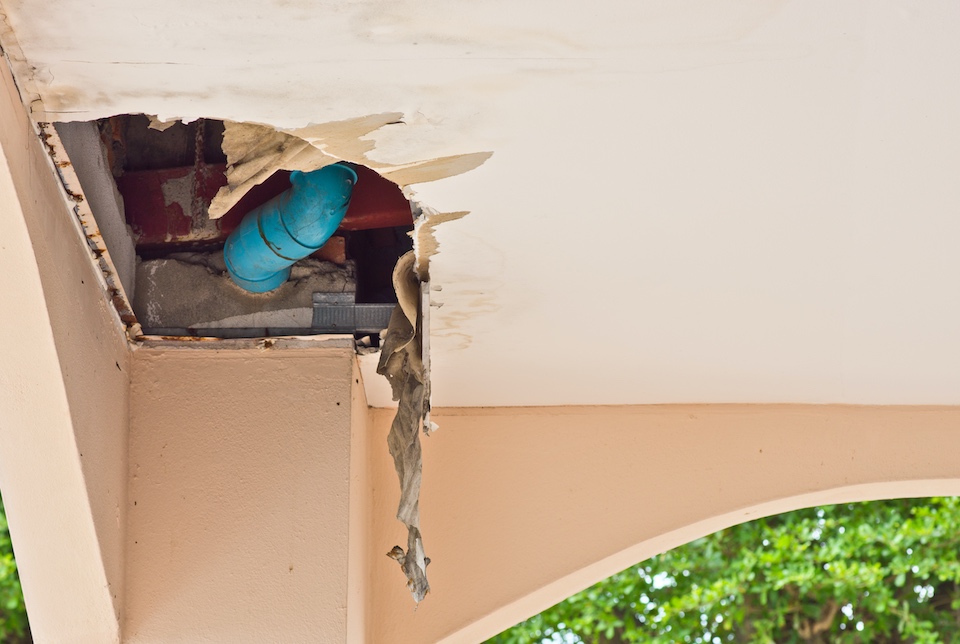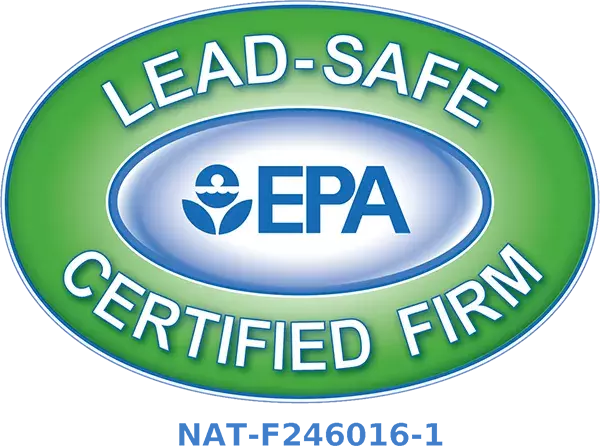Since mold can grow on just about any substance, it’s not surprising that it can cause damage to the physical structure of your home or business. Mold grows on the surface of your building materials, such as walls and floors, leaving black spots that make your property look dirty and worn down.
As the mold grows, these spots can tear through the walls, ceilings, or floors beneath them and cause structural damage that makes your property uninhabitable and unsellable – even if you remove all of the mold!
Can Mold Affect the Structural Integrity of a Building?
Mold that affects your home’s structure is called Serpula lacrymans. Serpula lacrymans is a fungus that lives in the wood, and most builders call it dry rot, which can cause minor or major damage to the structural integrity of a home’s wooden components. The seriousness of dry rot depends on several variables like the duration and size of the problem and its location.
Signs that mold has affected the structure of your building include discoloration on exterior walls, peeling paint, and water stains near doors. Mold may also be visible on ceilings and floors as fuzzy patches, small clumps, or web-like growths. Mold often invades structures through air conditioning systems or crawl spaces with poor ventilation.
How Does Mold Affect the Structure of a House?
Mold affects the structure of a house by damaging it from the inside out. The spores that are released into the air will find their way into every nook and cranny in your home, eventually growing into colonies that produce copious amounts of allergens and toxins.
These colonies work their way into your walls and insulation, weakening them so they cannot support the weight of your roof or walls. This is how mold causes structural damage to a house – by slowly destroying it from within.
If you suspect there is mold in your home, seek help immediately. You need to take action before it causes permanent damage. A professional will be able to perform a comprehensive inspection and then create an appropriate remediation plan that restores your home back to its original condition.
They’ll also tell you how long it takes until you can safely return without risking further exposure. This is critical information because some molds produce harmful substances that are toxic and even carcinogenic, so avoiding them entirely should be your top priority.


